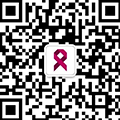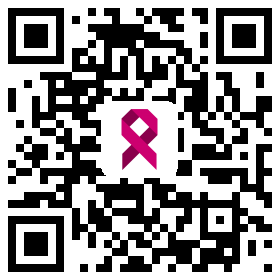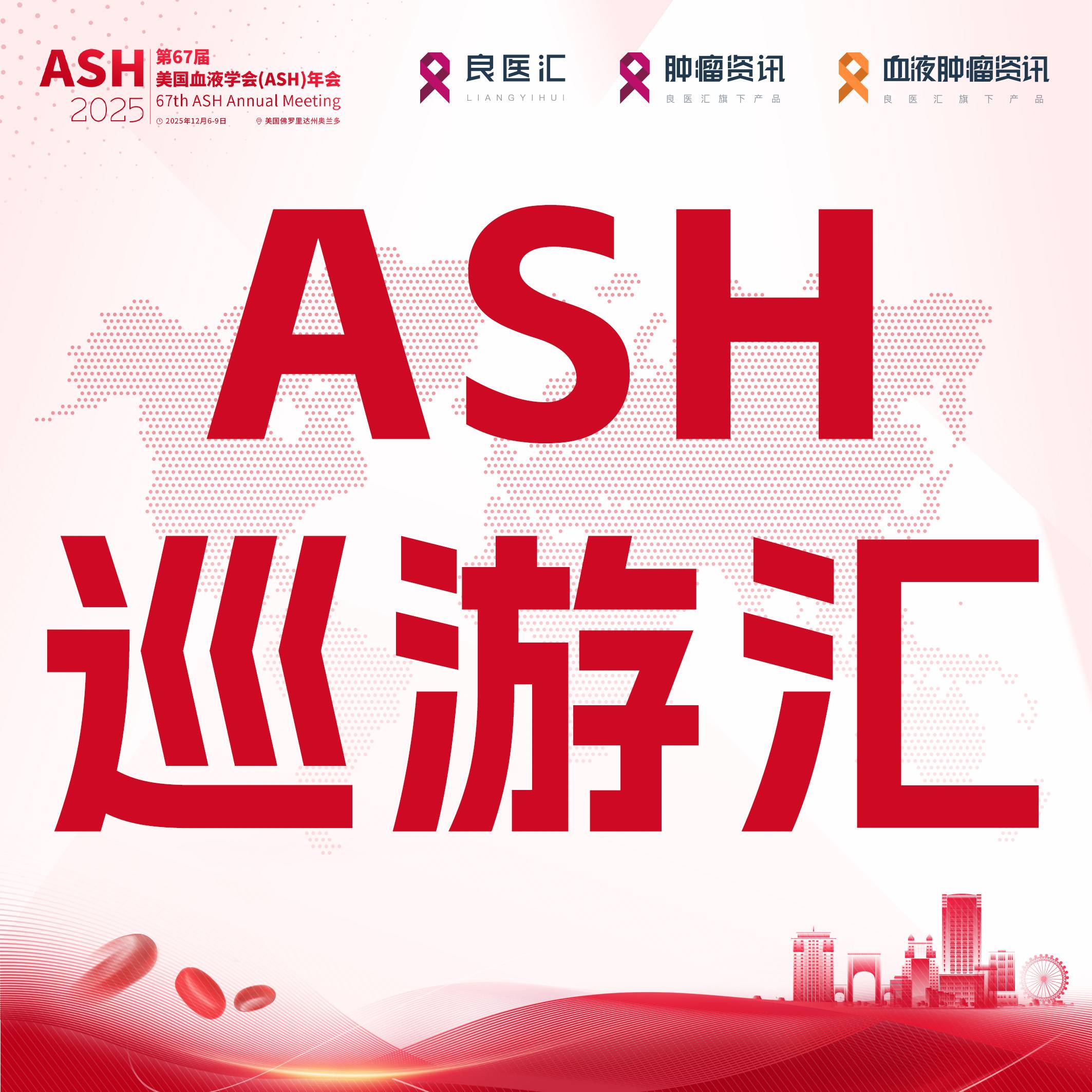
以下内容原文发布于AACR官方博客《Cancer Research Catalyst》, 中文内容仅做参考,请点击文末“阅读原文”,阅览原文内容。
关于抗癌研究的新闻报道往往有一个笼统的观点,要么突显巨大的成功,要么强调令人沮丧的挫败。随着宫颈癌宣传月临近尾声,抗癌研究仍然体现着这两个对立的方面。一方面,人乳头瘤病毒(HPV)疫苗接种、宫颈癌筛查与早期检测,以及对癌前病变和癌细胞的治疗可以消除宫颈癌。但另一方面,毋庸讳言,预防和阻断这种致命疾病的资源并不是全世界每个人都能平等获得的。
2023年1月12日,美国癌症协会公布了最新的年度癌症统计报告。值得注意的是,该组织报告了从2012年到2019年,20至24岁女性的宫颈癌发病率“惊人”下降的好消息。这一进展说明癌症疫苗是有效的,而且确实有效,这令人欢欣鼓舞,因为这反映了第一代卷起袖子接种HPV疫苗的青少年现在已经成年了。
虽然取得了成效,但是依然存在一些困境(有时在意想不到的地方,以不同的方式存在)。2023年1月9日《Cancer Epidemiology, Biomarkers & Prevention》杂志发表的一篇研究发现,美国20%的宫颈癌确诊病例发生在65岁以上的人群中。而且,这些确诊病例已处于较晚期的可能性更大。一种解释是,接近65岁的女性(建议停止宫颈癌筛查的年龄)可能没有及时进行检查。
2020年,世界卫生组织(WHO)发起了消除宫颈癌的全球倡议,但即使有了HPV疫苗接种、筛查等工具,以及去除癌前病变和癌细胞的有效方法,全世界和美国仍然有人罹患宫颈癌并因此死亡。从全球来看,中低收入国家这一疾病的负担最大。《Cancer Today》(美国癌症研究协会为癌症患者、幸存者和护理人员出版的杂志和在线资源)2022/2023年冬季这一期中的一篇报道讲述了这些困境,同时也介绍了一系列的成效,这些成效预示着有可能在全球女性中成功消除宫颈癌。
波士顿麻省总医院研究中低收入国家宫颈癌的传染病专家Ruanne Barnabas博士在文章中说:“80%以上的宫颈癌病例发生在中低收入国家。”“这些宫颈癌诊断得太晚,死亡率非常高。全世界有超过一半的确诊患者死于宫颈癌。全球每年约有60万宫颈癌新确诊病例,30万死亡病例,这是一种几乎完全可以预防的疾病。”
该文章也强调了希望的曙光,列举了几种成功的策略。一种自我取样的工具已经被人们所接受,它在某种程度上是另一个全球性困境的意外结果。世界各地的人们已经越来越习惯通过笔拭子来检测冠状病毒,并且读取和上传自测结果的技术也越来越普遍了。
了解更多内容,请阅读以下原文。
Cervical Cancer: A Cautionary Tale of Optimism and Challenges
By Cancer Today Staff
News stories about efforts to eliminate and prevent cancer often tell the story in broad strokes, painting an almost impressionist view of sweeping successes or discouraging setbacks. As Cervical Cancer Awareness Month draws to a close, studies continue to capture two dueling concepts in the struggle to eliminate this cancer. On one hand, human papillomavirus (HPV) vaccination, cervical cancer screening and early detection, and treatment of precancerous and cancerous cells can eliminate cervical cancer. But it’s also no secret that tools to prevent and intercept this deadly disease aren’t equally accessible to everyone around the world and in the U.S.
On January 12, 2023, the American Cancer Society released its annual report of cancer facts and trends. Of note, the organization reported hopeful news of an “astounding” reduction in cervical cancer rates in women between ages 20 to 24 from 2012 through 2019. This development provided a rousing endorsement that cancer vaccines can and do work, as it reflects the first generation of adolescents who rolled up their sleeves for HPV vaccination and have now come of age
But even with successes, challenges persist—sometimes in unexpected pockets and different ways. A Jan. 9, 2023, study in Cancer Epidemiology, Biomarkers & Prevention found that 20 percent of all cervical cancer diagnoses in the U.S. are found in those over age 65. In addition, these diagnoses were far more likely to be later stage. One explanation is that women who are approaching the age of 65—the recommended age for when cervical cancer screening stops—may not be up to date with their tests.
In 2020, the World Health Organization (WHO) launched a global initiative to eliminate cervical cancer, but even with tools such as HPV vaccination, screening, and effective procedures to remove precancerous and cancerous cells, people around the world and in the U.S. are still getting cervical cancer and dying from it. Globally, middle- and low-income countries carry the biggest burden of the disease. A story In the winter 2022/2023 issue of Cancer Today, a magazine and online resource for cancer patients, survivors, and caregivers published by the American Association for Cancer Research, describes the challenges along with a patchwork of successes that hint at potential for success in eliminating cervical cancer in women worldwide.
“Low- and middle-income countries carry more than 80 percent of the burden of cervical cancer cases in the world,” says Ruanne Barnabas, MD, an infectious disease specialist at Massachusetts General Hospital in Boston who studies cervical cancer in low- and middle-income countries, in the article. “Those cervical cancers get diagnosed so late, and mortality is very high. More than half of people diagnosed die from cervical cancer worldwide. There are about 600,000 new cases diagnosed a year and 300,000 deaths from cervical cancer a year globally from an almost entirely preventable disease,” she says in the story.
The article also highlights glimmers of hope, cataloging several successful strategies. One tool, self-sampling, has gained acceptance, in part, as a byproduct of another global challenge. People around the world have become increasingly comfortable with self-swabbing their noses to test for coronavirus, and the technology to read and deliver results from self-administered tests has also become more broadly available.
After exchanging information with a colleague in Australia—one of the first countries to become poised to eliminate cervical cancer—Yin Ling Woo, PhD, of the University of Malaya in Kuala Lumpur worked to launch a pilot program that incorporates self-sampling with an HPV test and a mobile platform to deliver test results to women in Malaysia. For the pilot, her team screened more than 4,000 women in 15 months. Five percent of women showed evidence of HPV infection, which meant that they were at increased risk of cervical cancer, and 89 percent of these women received follow-up care. These efforts led to the creation of ROSE Foundation, which continues the testing program.
In Rwanda, a small country roughly the size of Maryland, HPV vaccination coverage increased from 6 percent for girls born in 1993 to 99 percent for those born in 2002, mostly through school vaccine programs. The vaccination effort has been funded both by the Rwandan government and Gavi, a worldwide vaccine alliance. These efforts could put Rwanda on track to eliminate cervical cancer soon, much like Australia.
Other research findings could make the road to eliminating cervical cancer more direct. Current WHO recommendations advise two doses of the HPV vaccine for girls under 15 and three doses for those over 15, but science has suggested one dose may be as effective, the Cancer Today article notes. A study, led by Barnabas and published in April 2022 in NEJM Evidence, looked at vaccination in more than 2,000 women ages 15 to 20 in Kenya and found that a single dose of HPV vaccine provided 97.5 percent protection against the two HPV types that cause 70 percent of all cervical cancer.
To truly achieve the WHO’s objectives, low- and middle-income countries need to shift beyond pilot programs and short-term campaigns to make cervical cancer screening and follow-up a routine part of life, Barnabas says. “We need community partners. We need funders and partners and physicians all at the table to solve this problem together and to think about how we can really simplify the way people get vaccination and [receive] screening,” she told Cancer Today.
The challenge isn’t limited to low- and middle-income countries, however. While wealthy countries have better access to resources than low-income countries, the incidence rate of cervical cancer in the U.S. has not budged since about 2007, a troubling trend described in an article on cervical cancer disparities published in the summer 2022 issue of Cancer Today. In the U.S., the burden of cancer deaths from cervical cancer often falls disproportionately on Black, Hispanic and low-income and rural populations. Hispanic women in America are 30 percent more likely to die of cervical cancer than white women, and Black women are 65 percent more likely. Research also shows significantly more Black and Hispanic women are diagnosed with cancer that has spread to regional and distant areas of the body than white women. In addition, Black women are more likely than white women to be recently screened for cervical cancer—but still far more likely to die of the disease. The research points to other systemic issues with access to care, says Jennifer Young Pierce, MD, MPH, a gynecologic oncologist and program leader of cancer control and prevention at the Mitchell Cancer Institute in Mobile, Alabama.
“There’s a grave difference between receiving the screening tests and getting the preventative treatment,” says Young Pierce, describing the need to treat precancerous lesions quickly once they’re detected. She suspects discrepancies in follow-up care for Black women—and systemic bias—are contributing to this higher mortality rate.
Cervical cancer survivor Tamika Felder remembers feeling stigma and shame surrounding reproductive care. When she was only 23 years old, a doctor’s comment about her weight made her so upset that she left the appointment without getting the Pap test she was supposed to receive.
“I got in my car, and I cried. I didn’t go back [for a Pap test] until, unfortunately, it was too late,” she recalls. In fact, two years later, she was diagnosed with stage II cervical cancer. It’s this experience and her experience with a preventable cancer at such a young age that prompted Felder, who is a Black woman, to start Cervivor, a nonprofit dedicated to supporting fellow cervical cancer survivors. She shares her story to raise awareness of preventive efforts as well, including HPV vaccination and Pap tests.
“There are still people who die of cervical cancer,” says Felder. “Young moms. Young women who are just starting their lives.”
Published by the American Association for Cancer Research, Cancer Today is a magazine and online resource for cancer patients and survivors and their caregivers. Subscriptions to the magazine are free.
阅读更多内容,请点击“阅读原文”
AACR
结尾
责任编辑:肿瘤资讯-Bree
排版编辑:肿瘤资讯-Astrid
免责声明
本文仅供专业人士参看,文中内容仅代表癌症研究UPDATE立场与观点,不代表肿瘤资讯平台意见,且肿瘤资讯并不承担任何连带责任。若有任何侵权问题,请联系删除。












 苏公网安备32059002004080号
苏公网安备32059002004080号


